This week’s post in honor of National Preservation Month talks about the tool of asset mapping and how its being used to re-imagine a new life for a local landmark in Chester, Delaware County. Continue reading

Blog of the Pennsylvania State Historic Preservation Office

This week’s post in honor of National Preservation Month talks about the tool of asset mapping and how its being used to re-imagine a new life for a local landmark in Chester, Delaware County. Continue reading
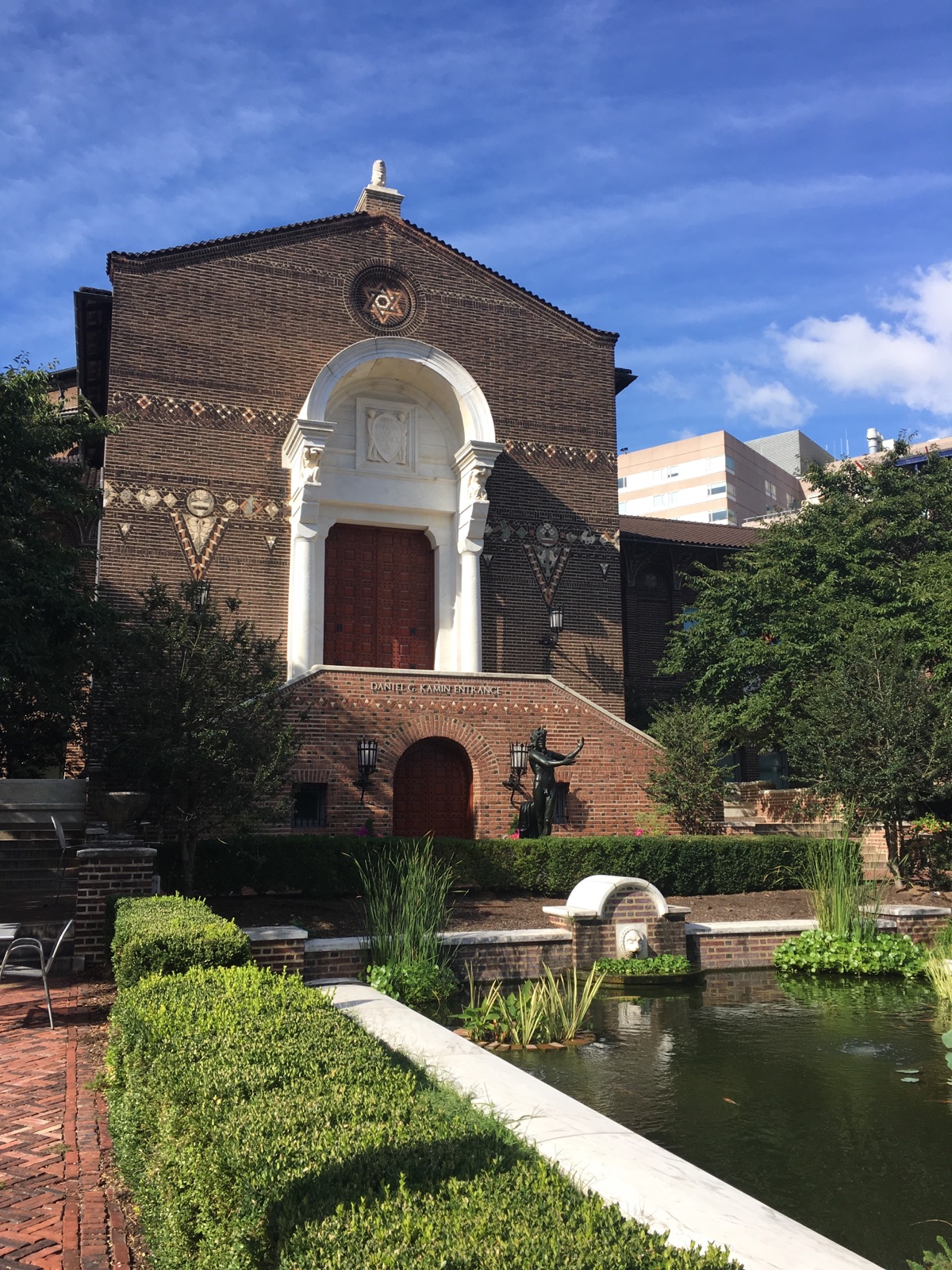
When I realized that October is Archaeology Month, I thought it would be a great opportunity to share my first trip to the University of Pennsylvania Museum of Archaeology and Anthropology, the university’s world renowned archaeology museum.
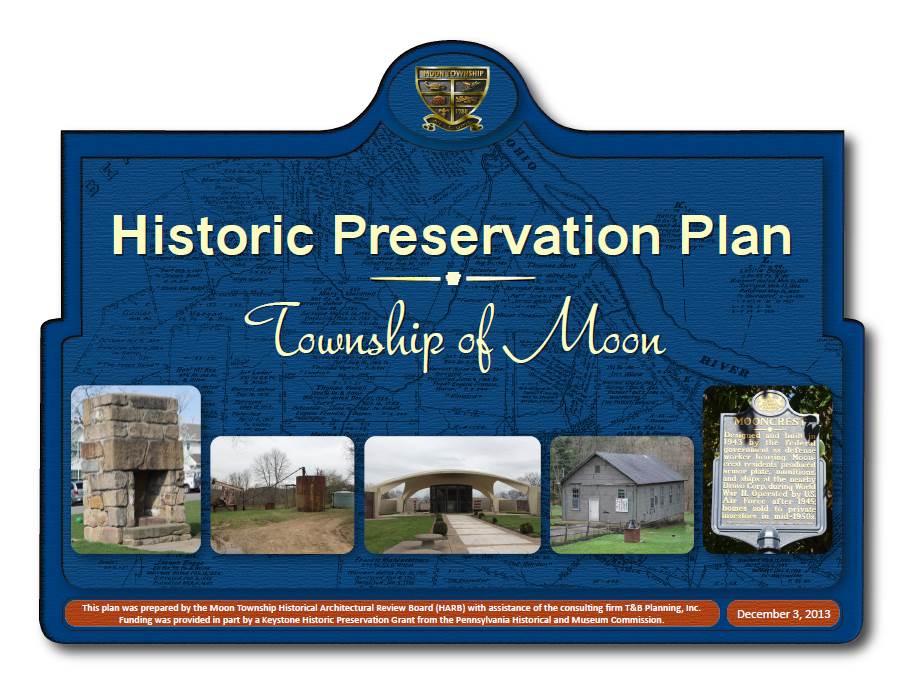
45 communities in Pennsylvania have a formal working relationship with the Pennsylvania State Historic Preservation Office (PASHPO) on a variety of preservation-related programs and projects. Known as Certified Local Governments (CLGs) these communities represent a broad geographic, demographic and economic swath across the Commonwealth. From Philadelphia (Pop. 1.5 million) to Mercersburg, Franklin County (Pop. 1500) and located in over a third of Pennsylvania counties, the CLG program provides exclusive funding and technical assistance for local governments. The CLG program is one of several federal programs administered by the PASHPO; in this case, the National Park Service provides guidance, rules and funding for the CLG program. Continue reading

By Samantha Kuntz
Philadelphia has managed to accrue some significant historic resources over the past, oh, 300 years or so. It is home to no fewer than 550 resources (including districts) listed on National Register of Historic Places, and it holds over 11,087 resources (including districts) on the local Philadelphia Register of Historic Places. Philadelphia possesses relics of our nascent nation (the U.S. Constitution, the Liberty Bell), contains a UNESCO World Heritage Site (Independence Hall), and boasts an impressive new heritage association (full membership in the Organization of World Heritage Cities).
In other words, there must be something in the (Schuylkill and Delaware) water here.
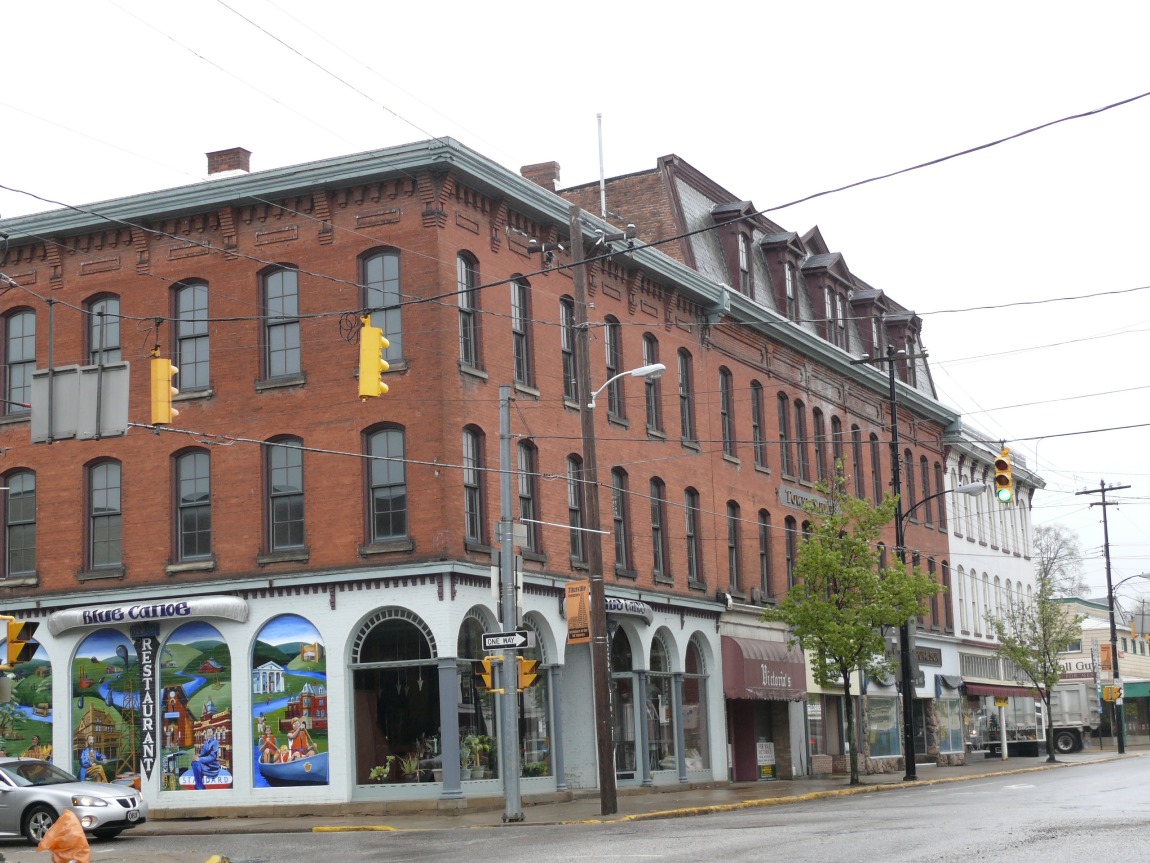
by Abigail Watson-Popescu
As a child growing up in Titusville the first thing you are taught about your hometown is that Edwin Drake struck oil here on August 27, 1859. The thing you notice, though, is that your town feels very different from other towns. With wrought iron fences lining slate sidewalks, horse hitching posts and carriage mounting blocks dotting the streets, and gigantic Victorian houses abounding there is a feeling of actually living in another time.
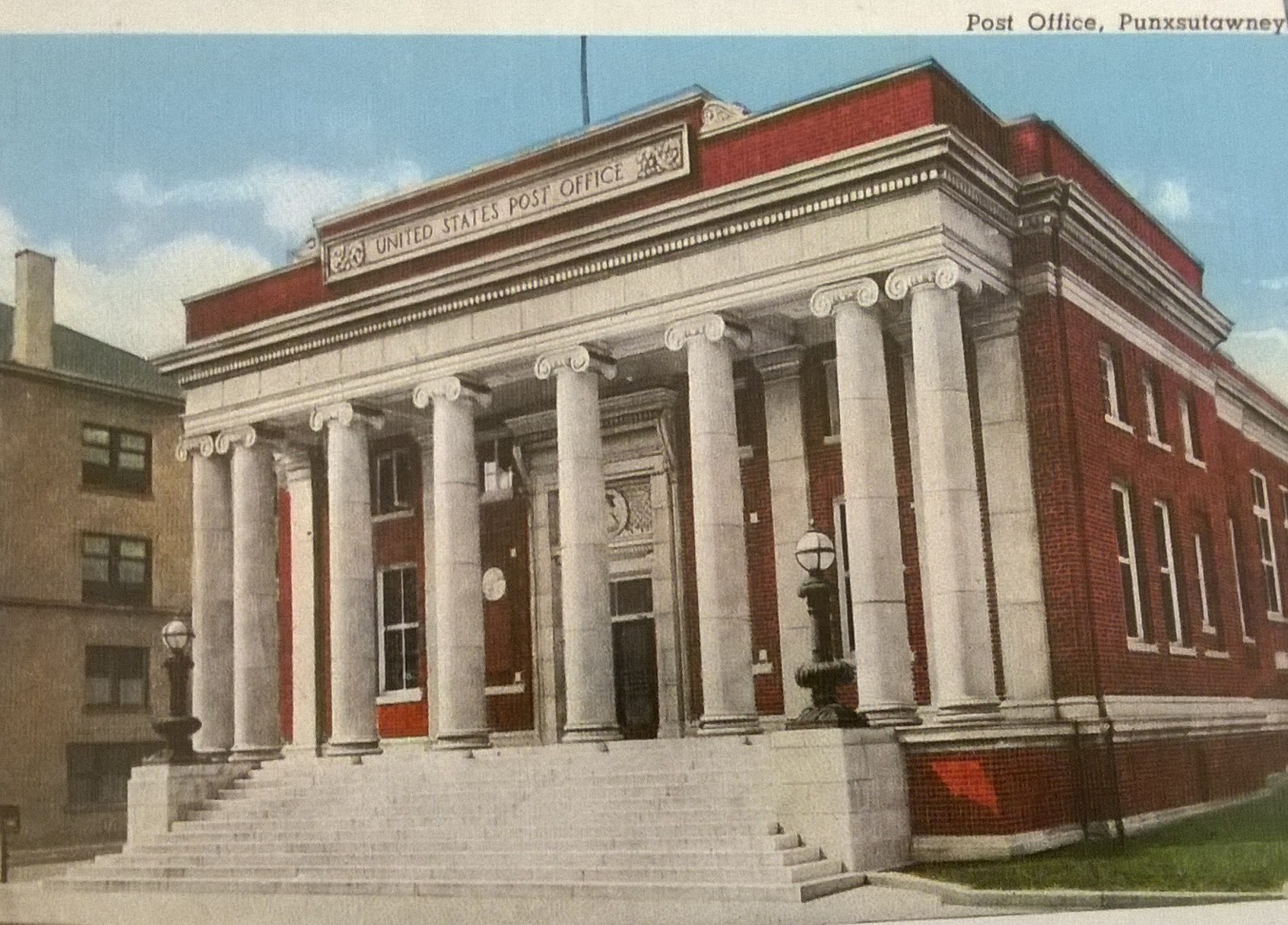
While Punxsutawney, Jefferson County is best known as the home of a renowned weather forecasting groundhog, it is also a community of notable historic buildings, including the grand Classical Revival style US Post Office. With all this great weather we’ve been having, it looks like that famous groundhog got it right this year with his “early spring” prediction!
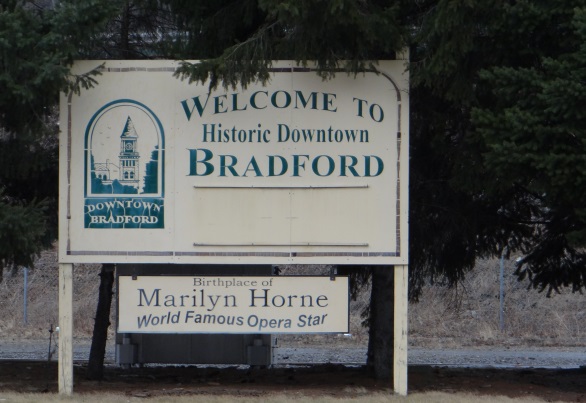
45 communities in Pennsylvania have a formal working relationship with the Pennsylvania State Historic Preservation Office (PA SHPO) on a variety of preservation-related programs and projects.
Known as Certified Local Governments (CLGs), these communities represent a broad geographic, demographic and economic swath across the Commonwealth. From Philadelphia (Pop. 1.5 million) to Mercersburg, Franklin County (Pop. 1500) and located in over a third of Pennsylvania counties, the CLG program provides exclusive funding and technical assistance for local governments. As you may remember from this post a few months ago, the CLG program is one of several federal programs administered by the PA SHPO; in this case, the National Park Service provides guidance, rules and funding for the CLG program.
Three CLG communities in the PA SHPO Western Region provide a glimpse into the range of preservation activities CLGs can sponsor. Over the next few months, we’ll illustrate how the City of Bradford, Moon Township and the City of Pittsburgh have used the CLG program to leverage their preservation programs. We’ll turn our spotlight on Bradford first.
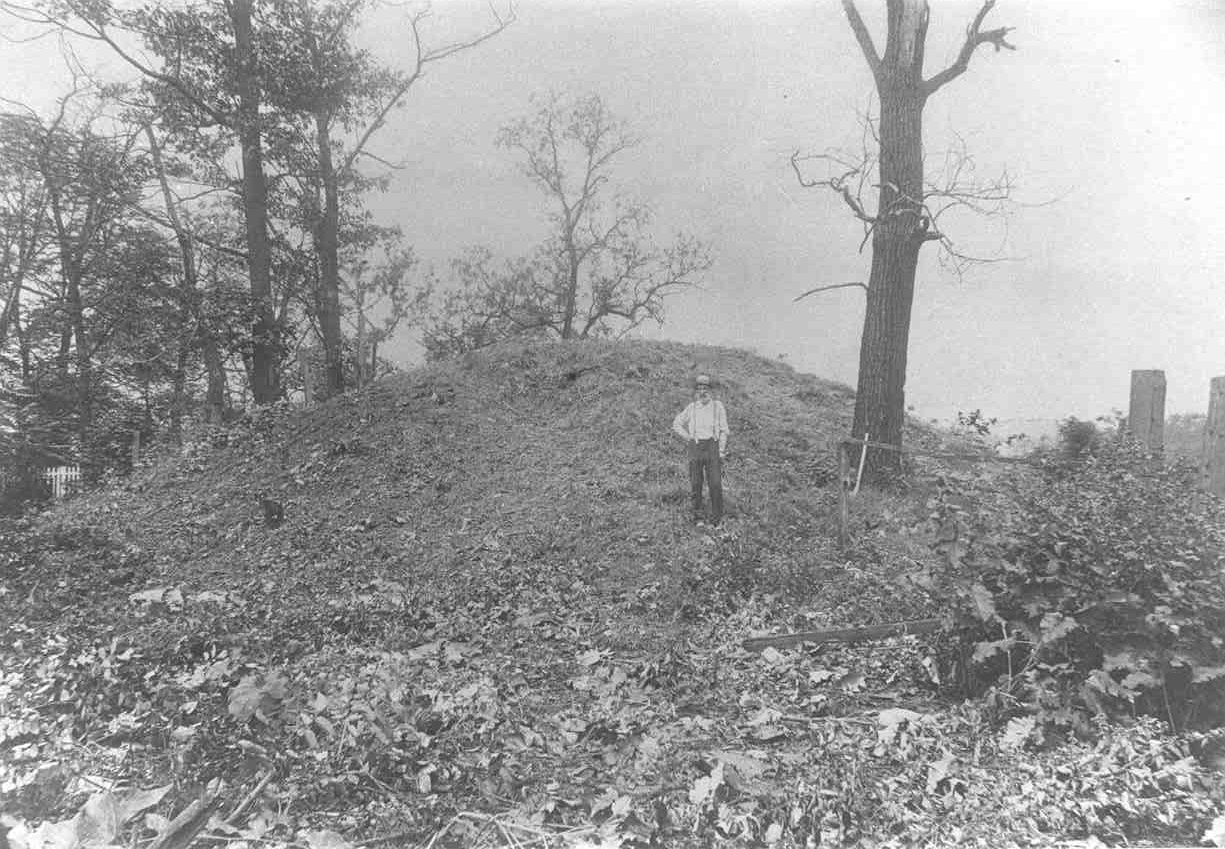
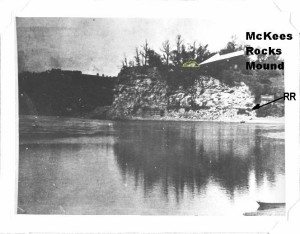
Location of McKees Rocks Mound on the bluff overlooking the mouth of Chartiers Creek with the Ohio River in the foreground. This photograph was taken in 1896 and is used courtesy of the Section of Anthropology of Carnegie Museum of Natural History. It was taken from either from a boat or Brunot’s Island in the Ohio River. The white arrow was added by the excavators. There is a train track at the base of the bluff. The author added the mound outline, dark arrow pointing to the railroad line and mound label.
McKees Rocks Mound was the largest prehistoric mound found in Western Pennsylvania. It was 16 feet high and had a basal diameter of 85 feet. The mound was well known in the 19th century and was located on a bluff overlooking where Chartiers Creek enters the Ohio River in the borough of McKees Rocks. Continue reading
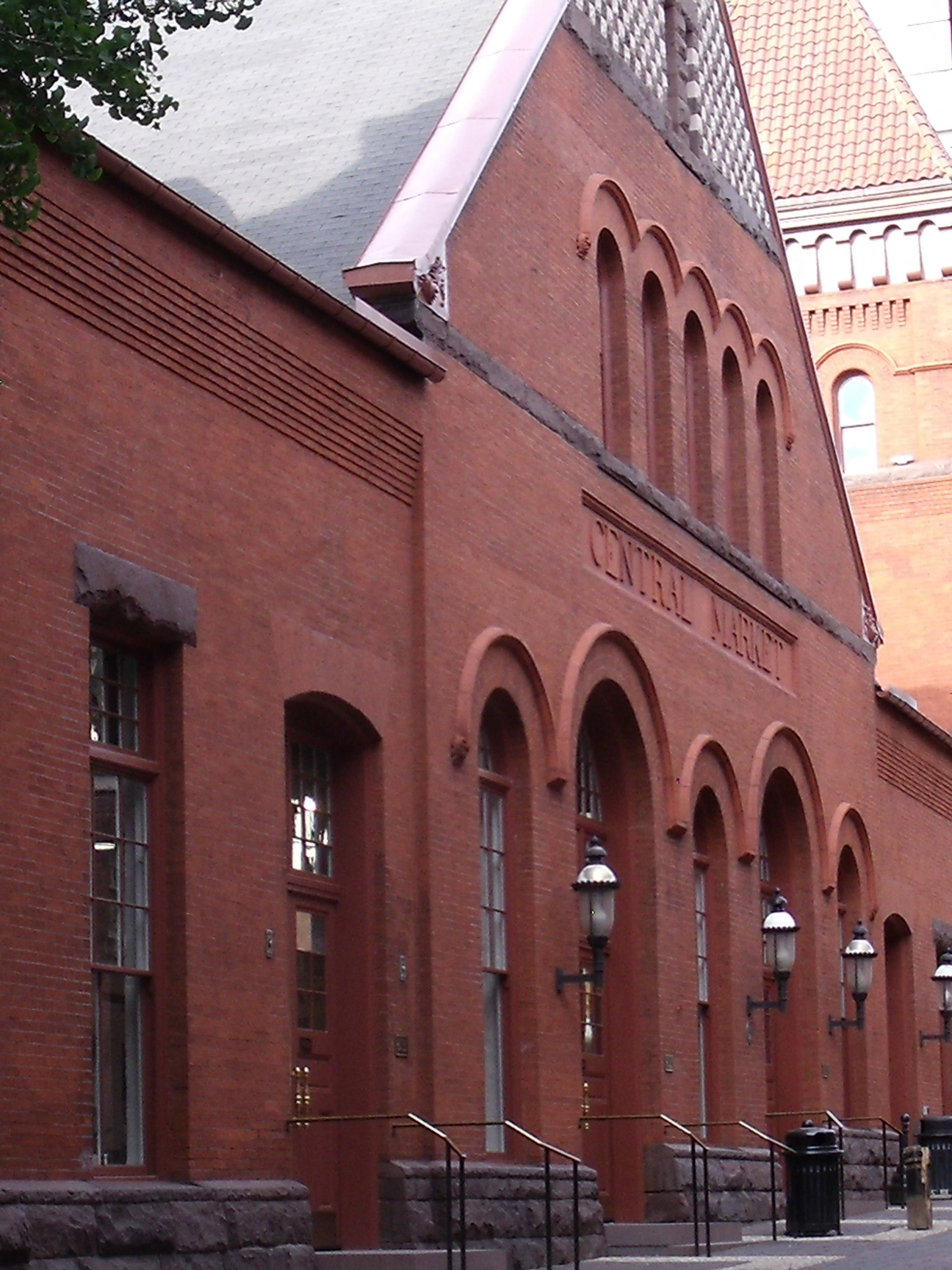
 For some readers the onset of seasonal fall weather means bundling up for Friday night high school football games or starting the furnace, but I’m always reminded that another growing season is coming to a close. However, It is not too late to find great local produce at any of Pennsylvania’s local market houses! Continue reading
For some readers the onset of seasonal fall weather means bundling up for Friday night high school football games or starting the furnace, but I’m always reminded that another growing season is coming to a close. However, It is not too late to find great local produce at any of Pennsylvania’s local market houses! Continue reading
The Spotlight Series is an occasional series that highlights interesting people, places, programs, and partner organizations working on historic preservation issues.
At the turn of the last century, the 2200 block of West Tioga Street was a fashionable address for business owners and professionals. Homes were up to 5,800 square feet, housing large families and live-in servants.
Architect Edgar Viguers Seeler designed the gem of the block — an 1898 chateau-style twin at 2224-26 West Tioga – for two families that owned the Conkling-Armstrong Terra Cotta Co. In fact, it was an ornate showpiece for their business: making architectural ornamentation. It featured columns encrusted with floral detail, ornate stringcourses and porch balustrades, all made of terra cotta. Combining his training from the Philadelphia Museum and School of Industrial Art, MIT, and the Ecole de Beaux Arts in Paris, Seeler was able to design ornate structures that spanned multiple aesthetics. Continue reading
© 2024 Pennsylvania Historic Preservation
Theme by Anders Noren — Up ↑
Recent Comments